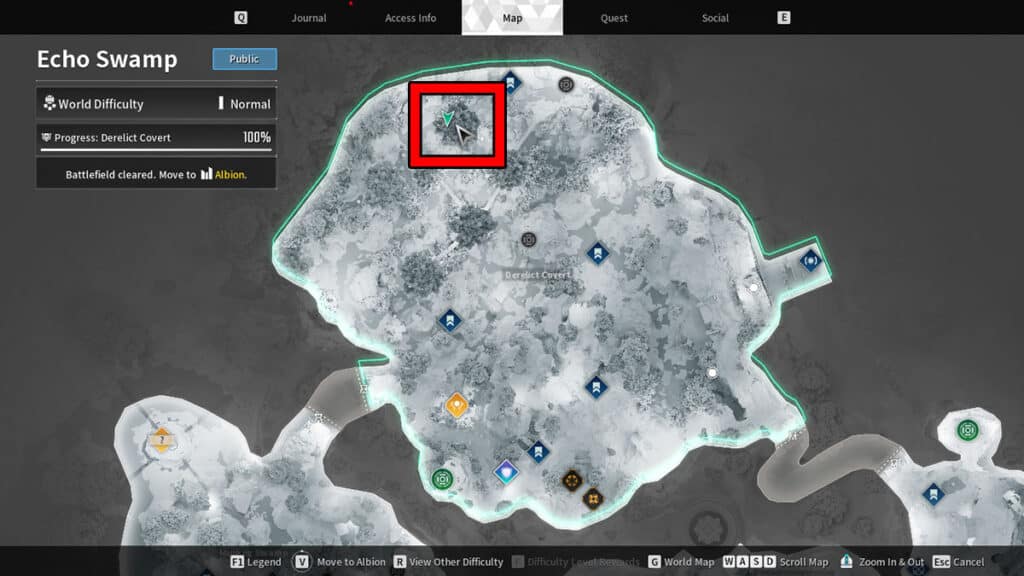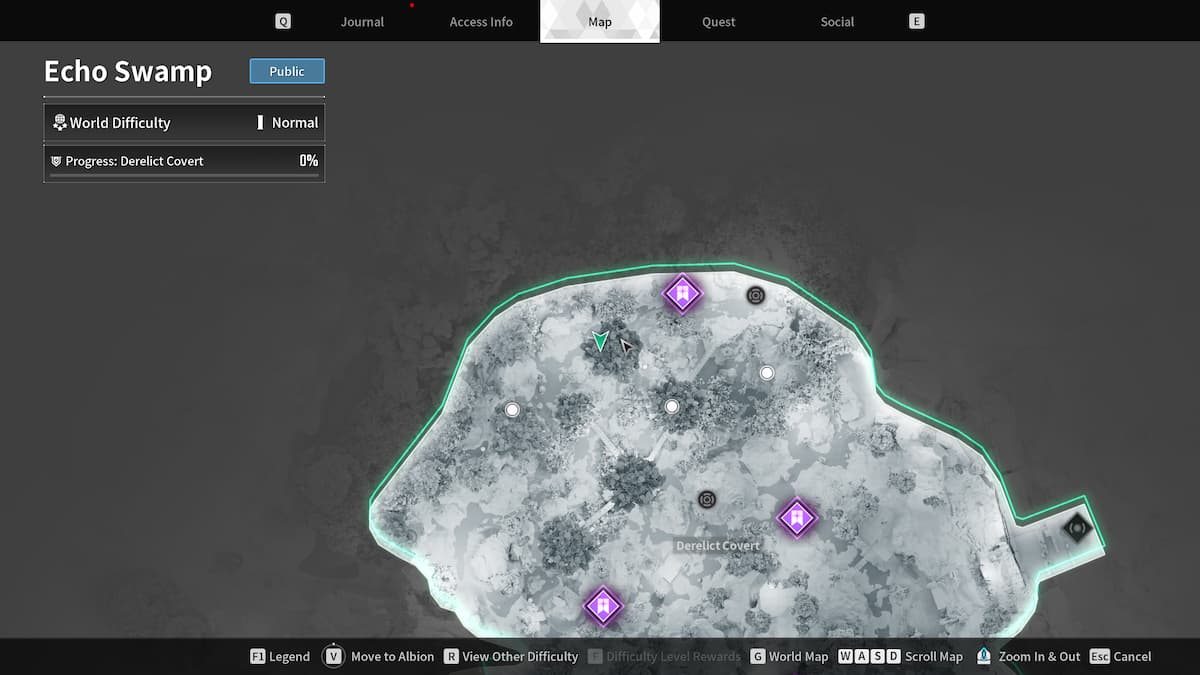Unveiling the Mystery: The Quest for the First Descendant of a Relic
The phrase "unveiling the mystery of the first descendant of a relic" represents an intriguing journey aimed at discovering the origins and profound importance of relics believed to hold immense historical or cultural value. This endeavor typically involves tracing the lineage of a specific artifact or object back to its earliest known ancestor, offering insights into its provenance and the stories embedded within it.
This investigation can take multiple forms, from detailed archival research and archaeological excavations to cross-referencing historical records and consulting with experts in the field. By piecing together fragments of information, researchers and historians aim to develop a comprehensive understanding of the relic's journey through time and its potential connection to significant events or individuals.
Read also:Exploring Priscilla Shirers Life Her Journey Marriage And Ministry
Understanding the Quest for the First Descendant of a Relic
The pursuit of "unveiling the mystery of the first descendant of a relic" encompasses various dimensions, each contributing to a deeper comprehension of the relic's importance. Here are seven key aspects that define this exploration:
- Lineage: Tracing the relic's ancestral origins.
- Provenance: Determining the relic's origin and history.
- Authentication: Confirming the relic's genuineness.
- Contextualization: Exploring the relic's historical and cultural significance.
- Preservation: Safeguarding the relic's longevity and accessibility.
- Research: Continuous exploration and analysis of the relic.
- Dissemination: Sharing insights about the relic with the public.
These aspects are interconnected and mutually reinforcing. For example, establishing a relic's lineage often informs its provenance, while authentication is crucial for contextualization. Preservation efforts ensure the relic's availability for ongoing research and dissemination, contributing to a richer understanding of our shared history and cultural heritage.
1. Lineage: Uncovering the Relic's Ancestral Roots
Establishing the lineage of a relic is a fundamental aspect of "unveiling the mystery of the first descendant of a relic." This process involves tracing the relic's ancestral line, identifying its origins and the path it has taken through history. This endeavor is essential for several reasons:
- Authenticity: Verifying the authenticity of a relic often requires examining its lineage. By tracing its ancestral line, experts can assess the relic's provenance and determine its genuineness.
- Historical Significance: The lineage of a relic can provide valuable historical context. It can reveal the relic's connection to specific events, individuals, or cultures, shedding light on its significance and the stories it carries.
- Cultural Heritage: Tracing the lineage of a relic can contribute to the preservation and understanding of cultural heritage. By identifying the relic's ancestral line, researchers can gain insights into past societies, their beliefs, and their artistic traditions.
For instance, archaeologists meticulously traced the lineage of the Staffordshire Hoard, a collection of Anglo-Saxon gold and silver artifacts. This process helped establish the hoard's authenticity and provided valuable historical context, revealing insights into the craftsmanship and cultural practices of the Anglo-Saxon period.
In conclusion, tracing the lineage of a relic is a crucial aspect of "unveiling the mystery of the first descendant of a relic." It contributes to the relic's authentication, historical significance, and cultural heritage, offering a deeper understanding of our shared past and the objects that have shaped human history.
2. Provenance: Tracing the Relic's Historical Journey
In the context of "unveiling the mystery of the first descendant of a relic," determining the relic's origin and history, known as its provenance, plays a critical role in establishing its authenticity, significance, and value. Provenance provides a detailed account of the relic's journey through time, from its creation or discovery to its current location, illuminating its ownership, usage, and any transformations it may have undergone.
Read also:Exploring Vegamovies A Comprehensive Guide To Accessing Netflix 18 Content
- Historical Context
Establishing the provenance of a relic helps researchers understand its historical context. By tracing its ownership and usage over time, experts can identify the relic's connection to specific individuals, events, or cultures, providing a deeper understanding of its significance and the stories it carries.
- Authenticity and Value
Provenance is vital for assessing the authenticity and value of a relic. A well-documented provenance can enhance the relic's credibility and increase its value, both historically and financially.
- Preservation and Conservation
Understanding the provenance of a relic is essential for its proper preservation and conservation. Knowing the relic's history and previous storage conditions helps experts determine the best methods for preserving and conserving the relic for future generations.
For example, the provenance of the Rosetta Stone, a fragment of a larger stele inscribed with three versions of a decree issued in 196 BC, has been meticulously documented. This detailed provenance has played a vital role in establishing the stone's authenticity and historical significance, providing valuable insights into ancient Egyptian language and culture.
In conclusion, determining the provenance of a relic is an integral aspect of "unveiling the mystery of the first descendant of a relic." It provides a comprehensive account of the relic's origin and history, contributing to its authentication, understanding of its significance, and ensuring its proper preservation and conservation.
3. Authentication: Ensuring the Relic's Genuineness
In the pursuit of "unveiling the mystery of the first descendant of a relic," authentication holds paramount importance as it establishes the relic's genuineness and historical significance. Authentication involves employing a rigorous process to verify the relic's provenance, assess its physical characteristics, and analyze its historical and archaeological context to determine its authenticity.
The methods used for authentication vary depending on the nature of the relic. For instance, ancient artifacts may undergo archaeometric analysis using scientific techniques like radiocarbon dating, X-ray fluorescence, and neutron activation analysis to determine their age and elemental composition. In contrast, the authentication of written documents often involves examining the paper type, ink, handwriting, and historical context to establish their authenticity.
Establishing the relic's genuineness is crucial for several reasons. First, it helps prevent the circulation of forged or replica relics, which can mislead researchers and distort historical narratives. Second, authentication ensures that the relic is treated with the respect it deserves, as an artifact worthy of preservation and study. Third, it enhances the relic's value, both historically and financially, as a genuine and authentic piece of our shared heritage.
The process of authentication is often complex and time-consuming, requiring the expertise of historians, archaeologists, and scientists. However, the effort is well worth it, as it provides a solid foundation for understanding the relic's significance and its place in history.
4. Contextualization: Placing the Relic in Its Broader Framework
In the context of "unveiling the mystery of the first descendant of a relic," contextualization plays a pivotal role in unraveling the relic's historical and cultural significance. It involves placing the relic within its broader historical, social, and cultural framework to gain a deeper understanding of its meaning and impact.
- Historical Context
Contextualizing a relic's historical context involves examining the period in which it was created or discovered. This includes understanding the political, social, economic, and cultural landscape of that time. By doing so, researchers can gain insights into the relic's purpose, symbolism, and the role it played in the lives of its creators and users.
- Cultural Significance
Cultural contextualization delves into the cultural beliefs, practices, and values that influenced the creation or use of the relic. This involves exploring the cultural norms, rituals, and artistic traditions of the society that produced the relic. By understanding the cultural context, researchers can uncover the relic's deeper meanings, symbolism, and its connection to the identity and worldview of its creators.
- Comparative Analysis
Comparative analysis involves comparing the relic to similar artifacts or objects from different cultures or time periods. This comparative approach helps researchers identify similarities and differences, allowing them to draw broader conclusions about the relic's significance and its place within a wider historical and cultural context.
- Interdisciplinary Collaboration
Contextualization often requires collaboration among experts from different disciplines, such as historians, archaeologists, anthropologists, and art historians. This interdisciplinary approach ensures a comprehensive understanding of the relic's historical and cultural significance by combining diverse perspectives and methodologies.
By contextualizing a relic, researchers can gain a deeper understanding of its purpose, meaning, and the stories it holds. This process enriches our knowledge of the past and provides valuable insights into the human experience and cultural heritage.
5. Preservation: Safeguarding the Relic for Future Generations
In the context of "unveiling the mystery of the first descendant of a relic," preservation plays a crucial role in ensuring the relic's longevity and accessibility for future generations. Preservation encompasses a range of measures aimed at protecting and maintaining the relic's physical integrity, historical significance, and cultural value.
The importance of preservation cannot be overstated. Relics are tangible links to our past, providing valuable insights into the lives, cultures, and beliefs of our ancestors. By preserving relics, we safeguard this irreplaceable heritage for future generations to study and appreciate.
Preservation involves employing appropriate storage and display techniques, implementing environmental controls to minimize deterioration, and conducting regular conservation treatments to address any damage or decay. Proper preservation ensures that relics remain accessible to researchers, scholars, and the public, allowing them to continue serving as sources of knowledge and inspiration.
For instance, the Dead Sea Scrolls, a collection of ancient biblical manuscripts discovered in the Qumran Caves, have undergone extensive preservation efforts to stabilize and restore the fragile parchments. This meticulous work has ensured that these invaluable texts remain accessible for study and have shed light on the development of Judaism and early Christianity.
In conclusion, preservation is an essential aspect of "unveiling the mystery of the first descendant of a relic." By safeguarding the relic's physical integrity and historical significance, we preserve our collective memory and ensure that future generations can continue to learn from and be inspired by these irreplaceable artifacts.
6. Research: Unlocking the Secrets of the Relic
Research plays a vital role in the ongoing exploration and analysis of relics, forming a crucial component of "unveiling the mystery of the first descendant of a relic." This continuous process involves the application of diverse research methodologies and techniques to gain a deeper understanding of the relic's historical, cultural, and scientific significance.
Through meticulous examination, research helps uncover the relic's origins, usage, and evolution over time. It sheds light on the techniques and materials employed in its creation, providing insights into the cultural practices and artistic traditions of past civilizations. Research also contributes to the authentication and dating of relics, ensuring their credibility and historical accuracy.
For instance, ongoing research on the Terracotta Army, discovered in China, has employed advanced imaging technologies to reveal intricate details and variations among the individual figures. This research has deepened our understanding of the Qin dynasty's military organization, production techniques, and the significance of the terracotta army in Chinese history and culture.
In conclusion, research is an indispensable aspect of "unveiling the mystery of the first descendant of a relic." It allows us to continually explore, analyze, and interpret relics, unlocking their secrets and enriching our knowledge of the past. By fostering ongoing research, we preserve our cultural heritage and ensure that future generations can continue to learn from and be inspired by these invaluable artifacts.
7. Dissemination: Sharing the Relic's Story with the World
In the context of "unveiling the mystery of the first descendant of a relic," dissemination plays a crucial role in sharing knowledge and insights about the relic with the public. This process involves communicating the relic's significance, historical context, and cultural value to a broader audience, fostering a deeper understanding and appreciation of our shared heritage.
- Public Outreach and Education
Dissemination often involves engaging in public outreach and educational initiatives to inform and educate the public about the relic's importance. This can take the form of exhibitions, lectures, publications, and online resources, making the relic accessible to a wider audience beyond academic circles.
- Collaboration with Museums and Institutions
Collaboration with museums and cultural institutions is essential for the dissemination of knowledge about relics. Museums provide a platform for public display, allowing visitors to interact directly with the relic and learn about its history and significance. Partnerships with research institutions facilitate ongoing research and analysis, ensuring that the latest findings are shared with the public.
- Digital Technologies and Online Platforms
D


